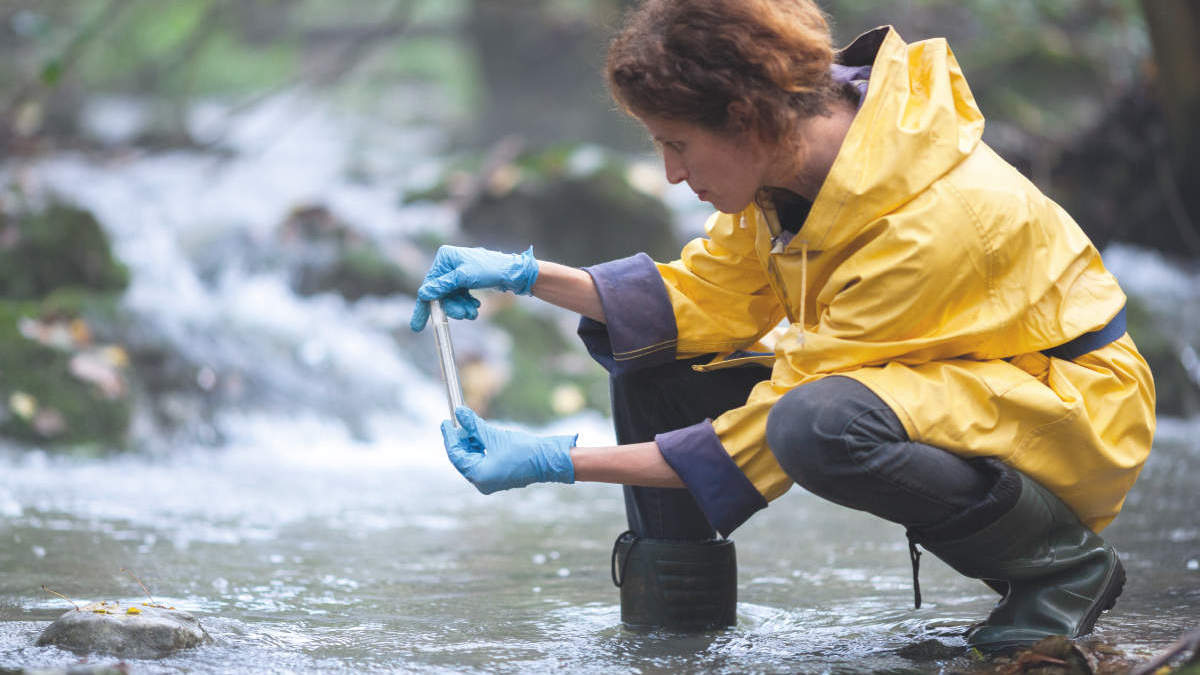
1. What samples can I use to extract eDNA?
eDNA can be extracted from a variety of environmental sources, like water (rivers, lakes, coastlines, open oceans, and even wastewater), soil and sediments, and tissues from insects or other invertebrates. Depending on the markers amplified, you can target everything present in one sample, from microbes, fungi, eukaryotes, fish, bivalves, vertebrates, and even mammals.
2. How do we reduce eDNA contamination in the lab?
A dedicated laboratory for eDNA extraction for each sample type is ideal. Always make sure to wear personal protective equipment to prevent contamination. Use filtered pipette tips and minimize sample handling as much as possible to reduce the risk of cross-contamination and other sources of exogenous DNA. If things fail or if there is a need to re-analyze, always keep a backup of your sample.
3. How do we improve the yield and quality of extracted DNA?
To improve the yield and quality of extracted eDNA, Use low-retention plastic to ensure that the yield is not retained in the tubes. Agitation during incubation, optimizing lysate volumes, heating the lysis buffer, and double elution also increases yield. Inhibitor removal is also another crucial step, as they interfere with downstream applications.
4. How many eDNA samples do I need?
Aside from being a budget concern, as more samples mean a wider catchment of biodiversity, it depends on the source and sample type. For example, samples obtained from fast-flowing bodies of water are more heterogenous, whereas samples from standing water samples are more representative of the entire habitat. Getting advice from an ecological statistician would be helpful in designing the sampling plan.
5. Can eDNA extraction be automated?
Yes, The QIAcube HT makes it possible to produce high-quality DNA from 24—96 samples per run. The QIAcube HT uses standardized kits, depending on your sample, to ensure maximum high-quality yield, with less processing and hands-on time. For example, the DNeasy PowerSoil Pro QIAcube HT Kit can be used for a wide range of environmental samples, including soil, stool, and guts.
6. One main source of eDNA in water samples. However, there is no QIAcube HT Kit specifically for that purpose. What can I do?
QIAGEN’s Application Lab can help create a customized protocol to suit your sample needs. You can choose from different parameters to create your protocol that is tailored to fit your samples.
7. What are the benefits of using a customized eDNA extraction protocol on the QIAcube HT?
Processing samples is up to 4x quicker, as compared to manual eDNA extraction. This is also cost-saving for the lab, since fewer consumables and staff hours are required for eDNA extraction, without compromising the results for downstream applications.
8. How do I request a customized protocol for my QIAcube HT?
Contact your QIAGEN sales representative to verify that your proposed customized protocol is feasible. After confirming feasibility, submit a detailed request to your sales representative, who will forward the request to the Application Lab. Once you approve the customized protocol workflow, QIAGEN will proceed with protocol development and the release for you.